PAGE 2
Application of DFRCC

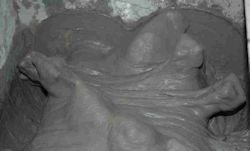
|
DFRCC Ductile fiber-reinforced cement composite (DFRCC) shows excellent mechanical behavior characterized by deflection hardening and multiple cracks. DFRCC includes 1 or 2% volume fraction of high strength fine fibers such as PVA and PE. DFRCC provides several presents of tensile stress by bridging action through cracks. |
|
Structural application of DFRCC DFRCC has been applied in the coupling beams of center core systems used in high-rise RC buildings. The coupling beams are designed in compliance with the following two requirements, (1) no substantial load degradation at a translational angle as high as 4% and (2) no cracks influencing durability with a width greater than 0.3 mm after an earthquake. It is difficult for conventional RC beams to keep the crack opening under 0.3 mm after the elements have deformed at an angle of 4%. |
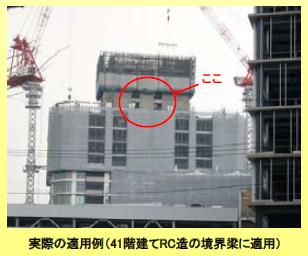
|
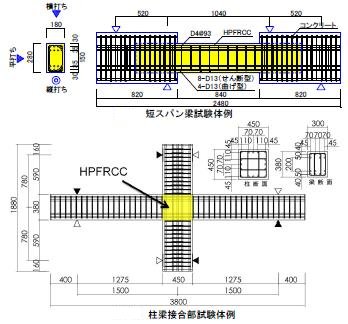
|
Structural experiment The matrix inside the panel zone of beam-column joint has to carry the complex and high stress. However, ordinary steel reinforcement has not so large improvement to shear capacity of panel zone and bond strength of main bars. Scale specimens such as coupling beam (upside photo) and beam-column joint (lower photo) are loaded in simulation for earthquake force. Evaluation methodology for loading capacities and deformability is discussed based on the test results. |
|
Shear test for DFRCC beams The upper specimen is by ordinary concrete, and the lower specimen is by DFRCC. Both specimens have same reinforcement and were subjected to same loading. The plotted lines on the specimens indicate the cracks at the loading cycle of 1/100 rad. The specimens show very different crack behaviors. Same loading cycle gives the same deformation to the specimens, the difference of the crack width is given by the number of cracks. 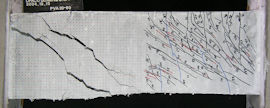 Movies of cracking of beam specimens PVA20-60L(B), PVA20-60L(A) |
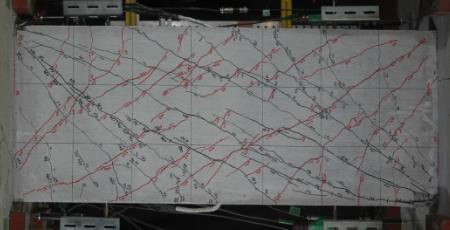 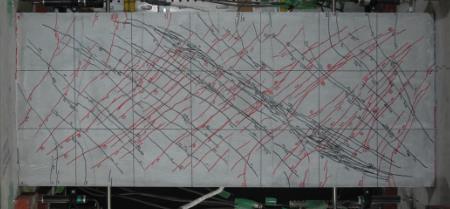
|
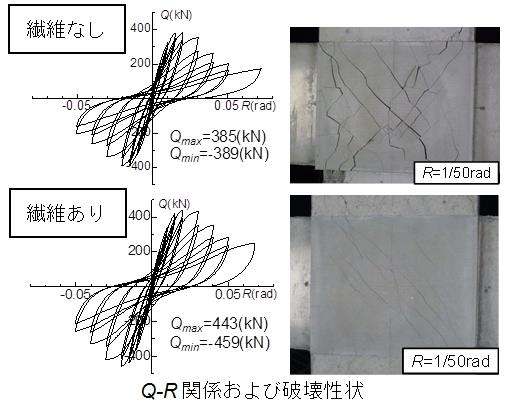
|
Beam-column joint test The specimen with fibers shows fine cracks and small crack spacing. The effect of fibers to cracks dispersed is recognized. The specimen without fiber shows the localization of crack opening and the decrement of the shear force. |
|
Evaluation of bridging effect of DFRCC The cracks on the panel zone are taken by digital cameras, and the relationships between crack width and load, story angle are obtained. The bridging effect of fibers is evaluated using the bridging law of fibers. |
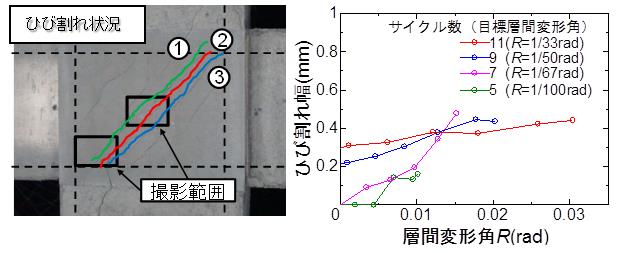
|